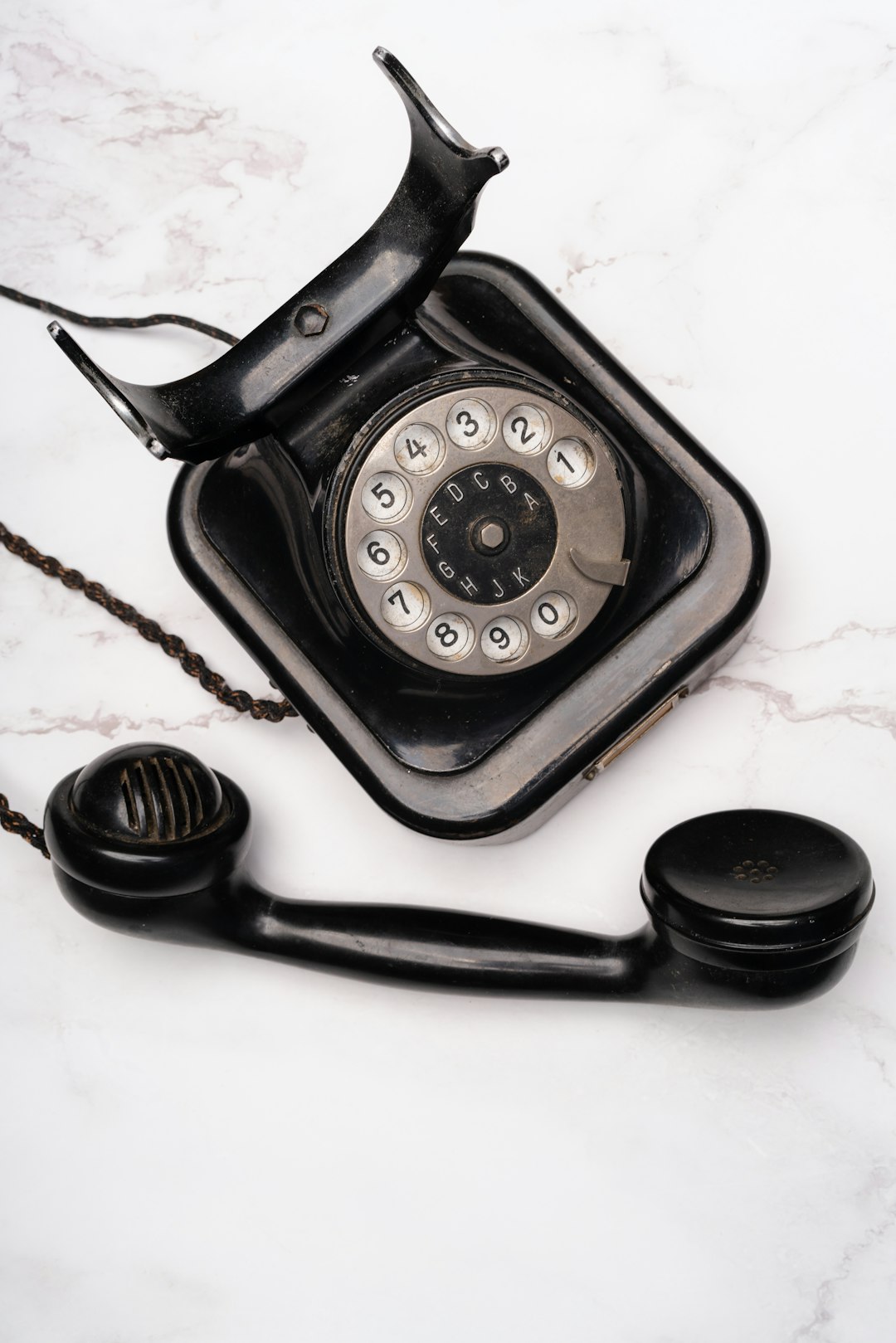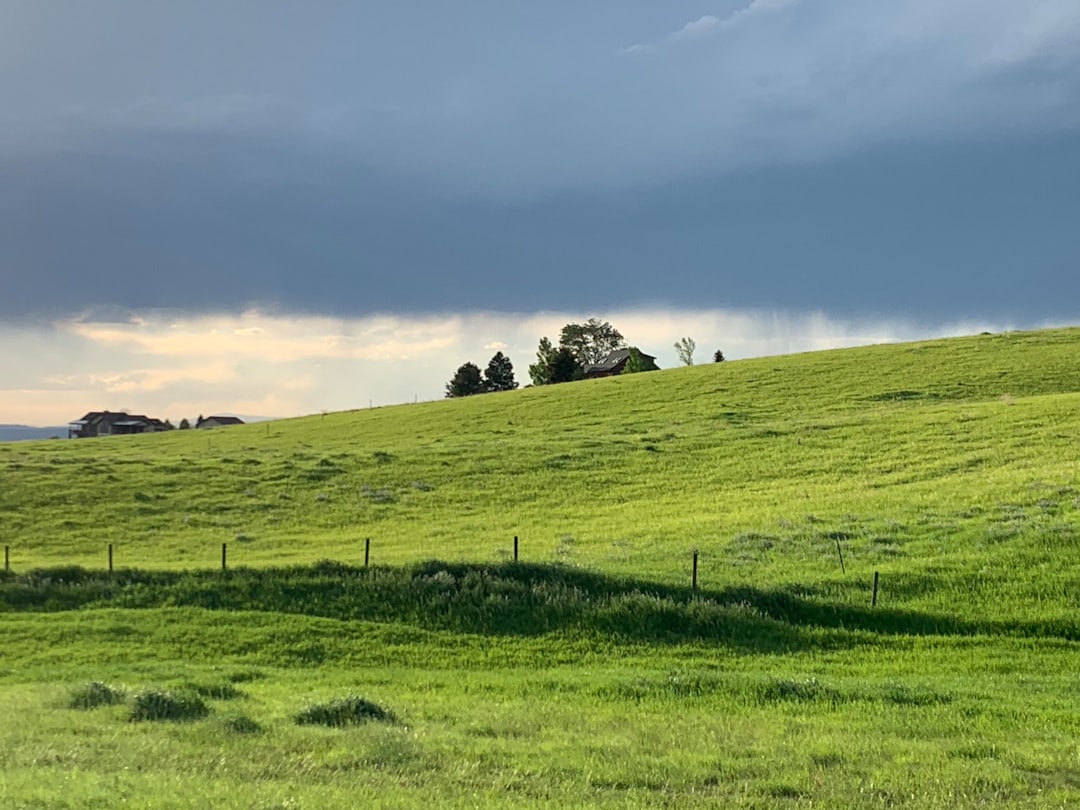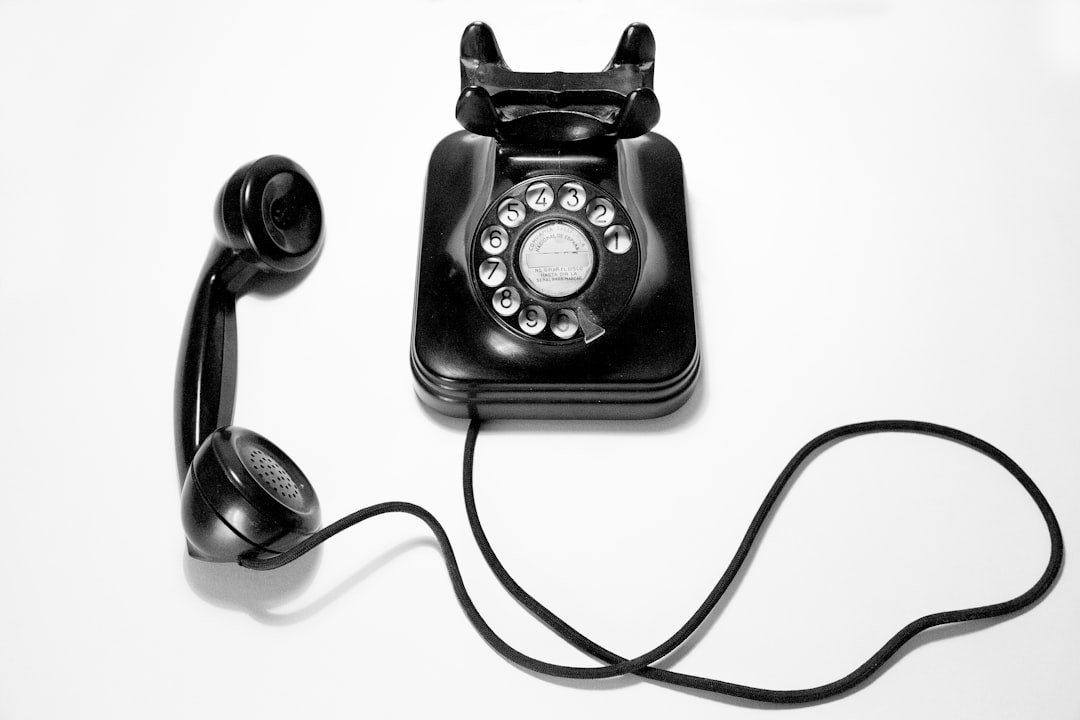Spoofed Caller ID is a growing problem in Montana, enabling scammers to make deceptive calls that appear legitimate. To protect yourself from spam calls and scams, verify caller identities, block frequent spoofers, and report suspicious activity. Additionally, adjust caller ID settings, use call blocking apps, update security software, and keep your operating system patched. Phone service providers also offer tools for blocking unknown numbers and identifying spam calls. By taking these proactive steps, Montanans can significantly reduce the risk of becoming victims of spam calls.
In Montana, as across the nation, Caller ID has become an essential tool for identifying incoming calls. However, with advancements in technology, a new threat has emerged: call spoofing. This malicious practice involves manipulating caller information to mislead recipients. Understanding how Caller ID works and the various spoofing techniques is crucial for Montanans to protect themselves from potential fraud. This article explores these issues, offering practical advice on recognizing suspicious calls, safeguarding your privacy, and reporting spoofed calls to combat spam effectively. Learn how to stop spam calls in Montana with these essential tips.
What is Caller ID and How Does it Work?
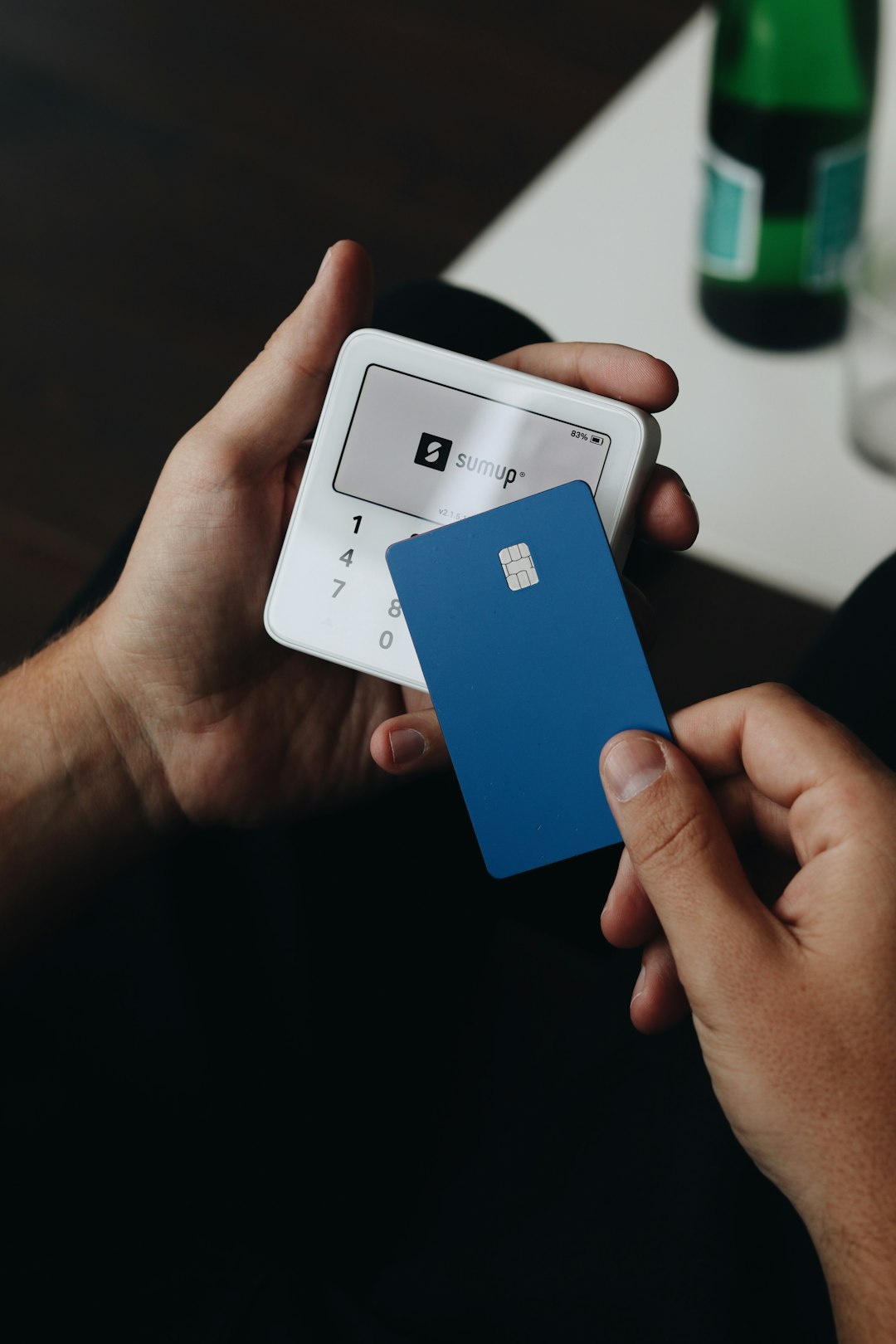
Caller ID is a service that displays the phone number and, sometimes, the name associated with an incoming call. It works by checking a database that maps telephone numbers to their respective owners or service providers. When someone calls, their number is transmitted through the network, and this information is matched against the database to provide context for the incoming call. However, with advancements in technology, some individuals and organizations have found ways to spoof or fake Caller ID, leading to increased concerns about how to stop spam calls Montana residents often receive.
Spoofing involves manipulating the data sent to caller identification systems, allowing a caller to display a false number or even use someone else’s contact information. This practice has become more common with the rise of robocalls and fraudulent activities, as scammers attempt to make their calls appear legitimate. Understanding how Caller ID works is a crucial step in recognizing and mitigating these spoofed calls, helping Montanans know when to be cautious and take actions to prevent becoming victims of spam or fraud.
The Dangers of Call Spoofing in Montana

In Montana, as in many parts of the country, call spoofing has become a growing concern for residents. Spoofed calls can appear to come from trusted sources, such as government agencies or familiar phone numbers, but they are often used to trick individuals into providing sensitive information. This is particularly dangerous as Montanans may fall victim to scams, identity theft, or even phishing attempts. Moreover, these spoofed calls can disrupt peace of mind and create a sense of unease, especially when the intent behind the call remains unclear.
To protect yourself from spam calls in Montana, it’s essential to stay informed and take proactive measures. One effective strategy is to verify the identity of callers by using official contact information from trusted sources. Additionally, consider blocking numbers that frequently appear as spoofed calls, and report suspicious activity to relevant authorities. By adopting these simple steps, Montanans can better navigate the challenges posed by call spoofing and reduce their risk of becoming a victim.
Recognizing Suspicious Calls and Spoofing Techniques

Recognizing suspicious calls is an essential step in protecting yourself from spoofing, a technique used by scammers to disguise their identity. Scammers often employ advanced technology to display false numbers on your Caller ID, making it seem like the call is coming from a legitimate source. These fake numbers can be easily manipulated, allowing fraudsters to make you believe they are contacting you from a trusted organization or even a friend.
To identify potential spoofing attempts, be wary of unexpected calls with unknown numbers. If the caller’s identity seems uncertain or if they request personal information, it could be a scam. How to stop spam calls in Montana? One effective method is to verify the caller’s identity independently. Cross-reference the number with official sources or contact the organization directly using a known, trusted contact method. This simple step can help prevent falling victim to these deceptive practices and keep your personal information secure.
Protecting Yourself: Tools and Measures to Stop Spam Calls
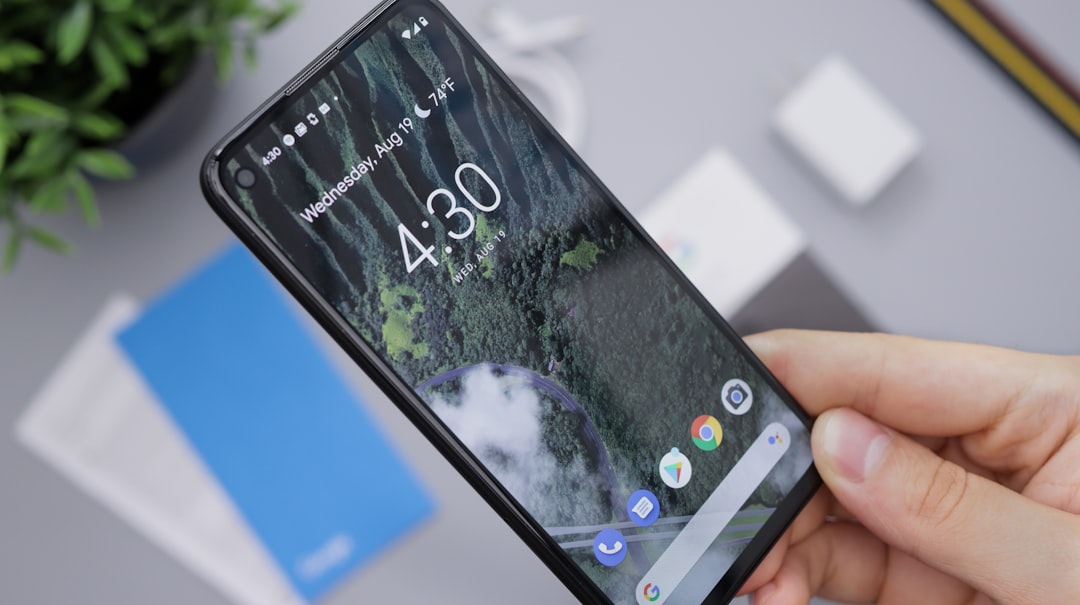
To protect yourself from spam calls in Montana, there are several tools and measures you can take. Start by adjusting your caller ID settings to block unknown or suspicious numbers. Most phone service providers offer this feature, allowing you to automatically filter out unwanted calls. Additionally, consider installing call blocking apps that use advanced algorithms to identify and block spam callers. These apps often learn and adapt, becoming more effective over time.
Additionally, never share your personal information with unsolicited callers. Be cautious when providing contact details unless you’re certain about the entity requesting it. Regularly update your security software and keep your operating system patched to prevent malicious applications from installing, which could enable spam calls. By combining these strategies, Montanan residents can significantly reduce their exposure to spam calls.
Reporting Spoofed Calls: Your Role in Combating Fraud
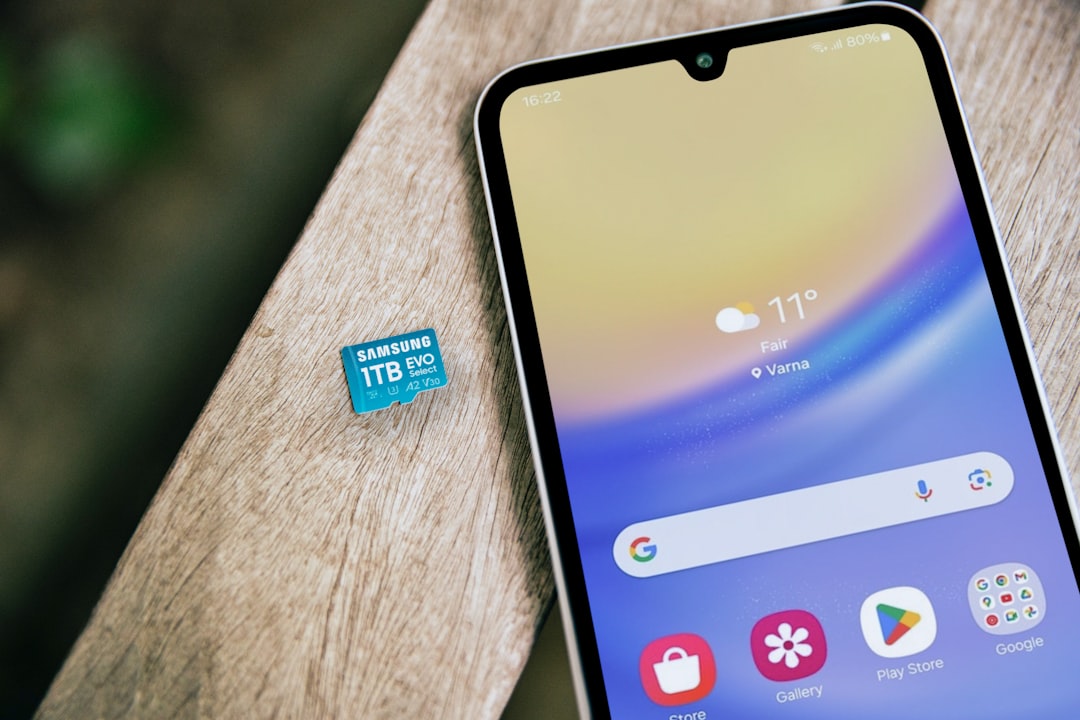
In the fight against fraud, reporting spoofed calls is a powerful tool for Montanans. If you receive a suspicious call with an unknown or manipulated number, don’t ignore it. Instead, take action by documenting the incident and reporting it to your local law enforcement agency. This process helps build a case against scammers and can lead to prevention measures being put in place.
To Stop Spam Calls Montana, staying vigilant is just the first step. By actively participating in the reporting process, you contribute to a larger effort to curb fraud. Many phone service providers also offer tools for blocking unknown numbers and identifying spam calls, further empowering individuals to protect themselves from these deceptive practices.
